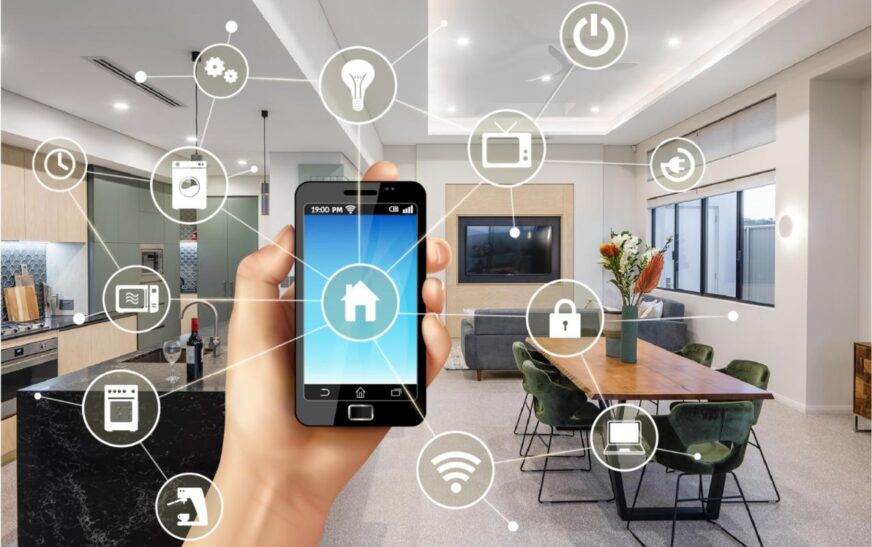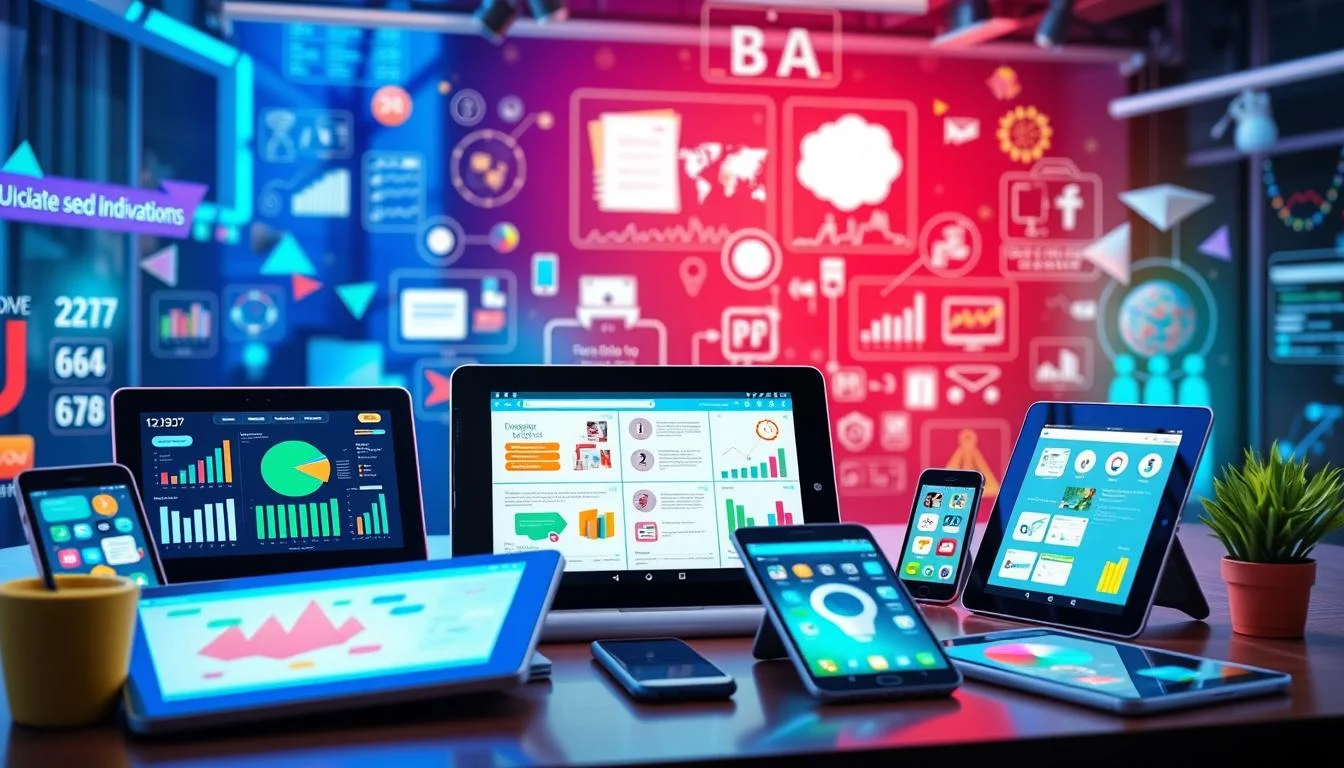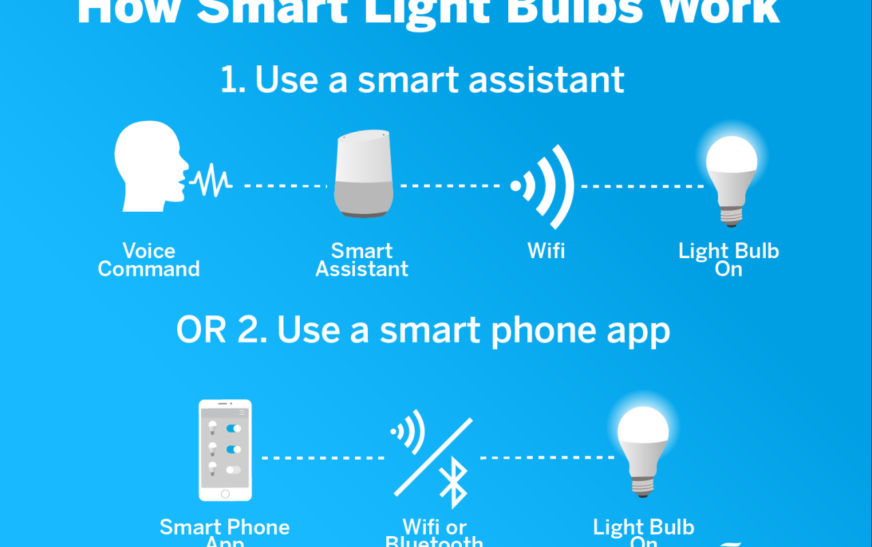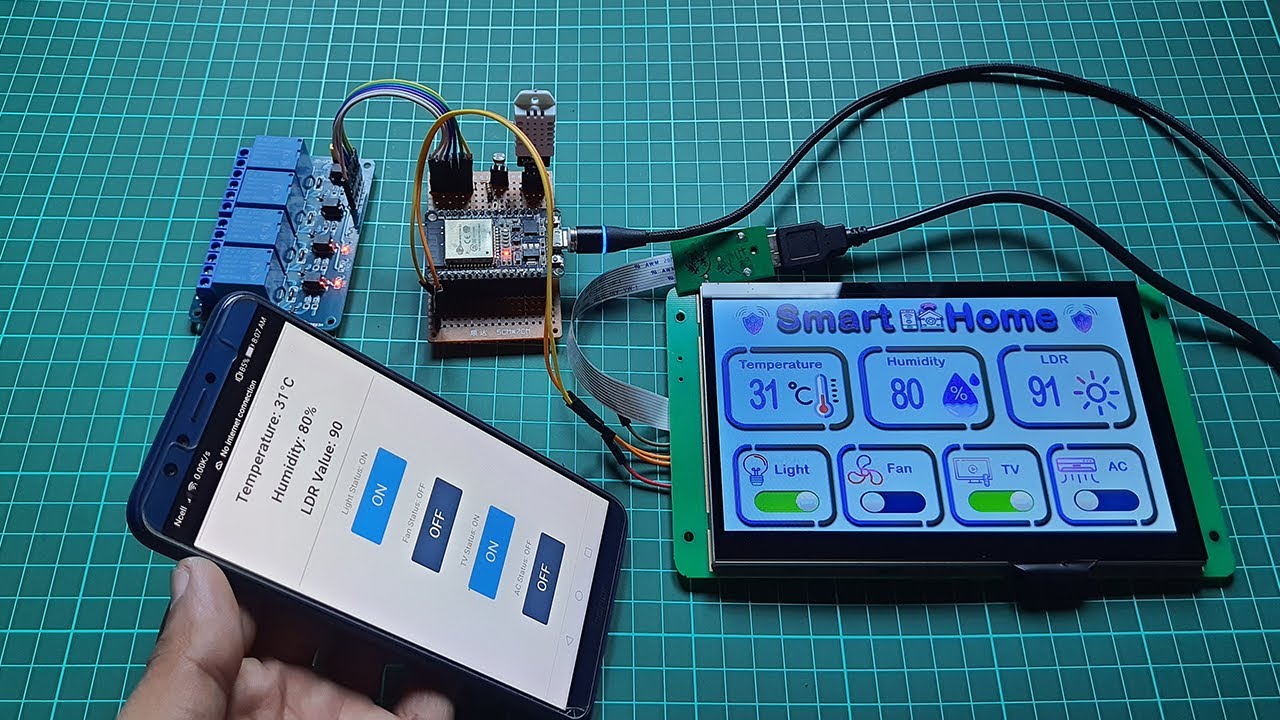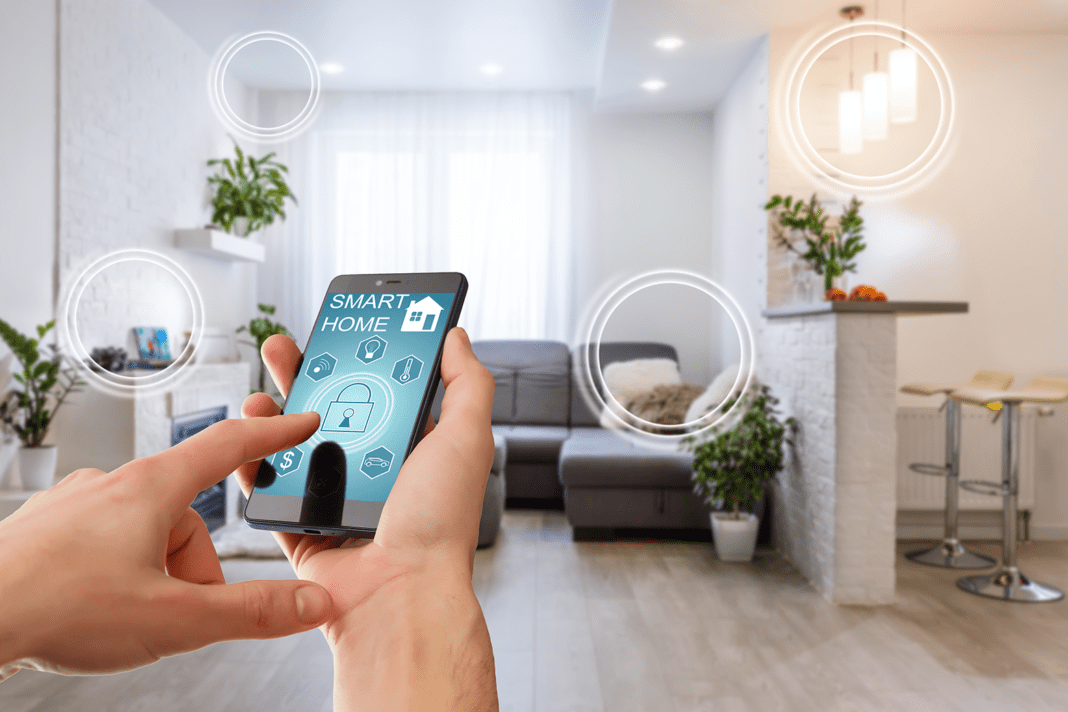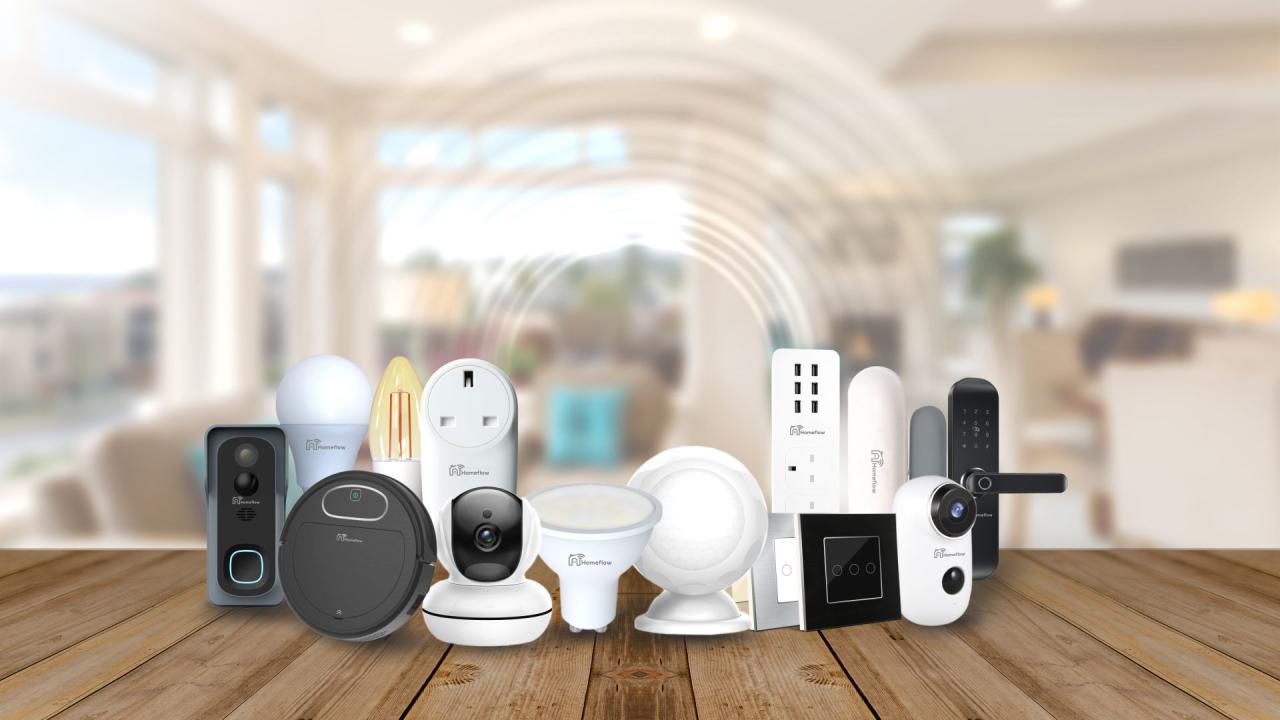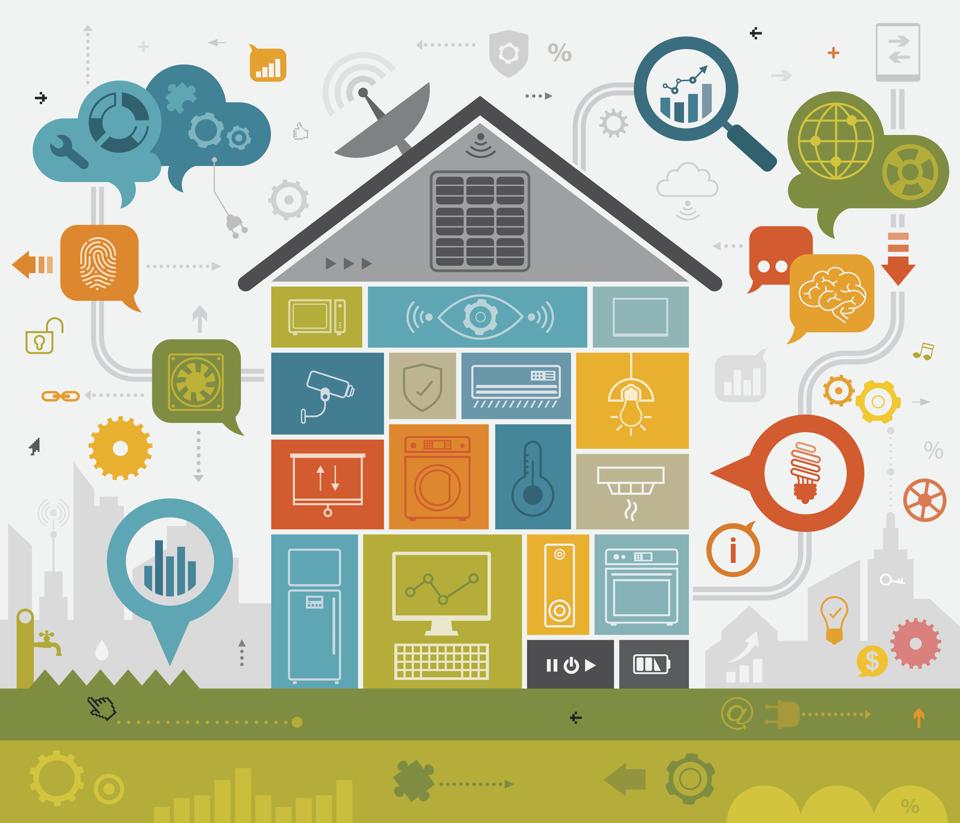As How to Optimize Your Home Office with Smart Devices takes center stage, this opening passage beckons readers into a world crafted with good knowledge, ensuring a reading experience that is both absorbing and distinctly original.
This guide will explore the benefits of integrating smart devices into your home office setup, from smart lighting systems to security cameras, offering tips and insights to enhance your workspace.
Introduction to Smart Devices for Home Office
Smart devices are innovative gadgets that can connect to the internet and perform various tasks to make our lives easier and more efficient. When it comes to setting up a home office, smart devices can play a crucial role in enhancing productivity, organization, and convenience.
Examples of Smart Devices Suitable for a Home Office Setup
- Smart Lights: These lights can be controlled remotely through a smartphone app, allowing you to adjust brightness levels and create the perfect ambiance for work.
- Smart Plugs: With smart plugs, you can schedule when your devices turn on and off, helping you save energy and manage your work equipment efficiently.
- Voice Assistants: Devices like Amazon Echo or Google Home can help you set reminders, create to-do lists, and even answer questions hands-free, making multitasking easier.
- Smart Thermostats: These devices can regulate the temperature in your home office based on your preferences, ensuring a comfortable working environment at all times.
Benefits of Integrating Smart Devices into a Home Office
- Increased Efficiency: Smart devices can automate repetitive tasks, allowing you to focus on important work while saving time and effort.
- Improved Organization: With smart devices, you can easily manage your schedule, files, and office supplies, reducing clutter and enhancing productivity.
- Enhanced Connectivity: Smart devices enable seamless communication between your devices, promoting collaboration and information sharing within your home office setup.
- Energy Savings: By using smart devices to control lighting, heating, and other appliances, you can reduce energy consumption and lower utility costs in the long run.
Setting Up a Smart Lighting System
Proper lighting is crucial in a home office as it can significantly impact productivity, focus, and overall well-being. A well-lit workspace can reduce eye strain, boost energy levels, and create a more conducive environment for work.
Choosing Smart Lighting Options
- Consider smart bulbs that allow you to adjust brightness and color temperature to suit different tasks throughout the day.
- Look for smart lighting systems that can be controlled remotely via an app or voice commands for added convenience.
- Explore options with motion sensors or scheduling features to automate lighting based on your work routine.
Enhancing Productivity and Mood, How to Optimize Your Home Office with Smart Devices
- Adjusting lighting to mimic natural daylight can help regulate your circadian rhythm and improve focus during the day.
- Using warmer tones in the evening can promote relaxation and signal to your body that it’s time to wind down.
- Customizing lighting settings based on the task at hand can enhance efficiency and create a more comfortable work environment.
Smart Thermostats for Comfort and Efficiency
Smart thermostats play a crucial role in optimizing the comfort and efficiency of your home office. By allowing you to control the temperature remotely and create schedules based on your work hours, smart thermostats help create a comfortable environment while also saving energy and reducing utility costs.
Different Smart Thermostat Options
When it comes to smart thermostats, there are several options available in the market to choose from. Some popular brands include Nest, Ecobee, and Honeywell. Each of these brands offers unique features such as learning capabilities, remote access through mobile apps, and integration with smart home systems like Alexa and Google Assistant.
Automating server tasks can greatly improve efficiency and productivity. Learn how to streamline processes and reduce manual errors by implementing server automation with the help of How to Implement Server Automation. Embrace the power of technology to simplify your workload and focus on strategic initiatives.
- Nest Thermostat: Known for its learning capabilities, the Nest thermostat adjusts the temperature based on your daily routines and preferences.
- Ecobee Thermostat: Offers remote sensor capabilities, allowing you to monitor and adjust the temperature in different rooms of your home office.
- Honeywell Thermostat: Known for its reliability and user-friendly interface, Honeywell thermostats offer basic scheduling and temperature control features.
Tip: When choosing a smart thermostat, consider factors such as compatibility with your HVAC system, ease of installation, and additional features like energy usage reports.
Tips for Programming and Using Smart Thermostats Effectively
Programming your smart thermostat effectively is key to maximizing comfort and energy savings in your home office. Here are some tips to help you make the most of your smart thermostat:
- Set a schedule: Create a heating/cooling schedule based on your work hours to ensure comfort when you’re in the office and energy savings when you’re not.
- Utilize smart features: Take advantage of features like geofencing and learning algorithms to automate temperature adjustments based on your presence and preferences.
- Monitor energy usage: Use the energy usage reports provided by your smart thermostat to identify opportunities for further optimizing temperature settings and reducing energy consumption.
Enhancing Security with Smart Cameras and Sensors
In a home office environment, security is of paramount importance to protect valuable equipment, sensitive information, and personal safety. Integrating smart cameras and sensors can provide an added layer of security and peace of mind.
Enhance your server security with effective authentication methods. Discover the best practices for implementing server-based authentication in How to Implement Server-Based Authentication. By verifying the identity of users accessing your servers, you can prevent unauthorized access and safeguard your valuable data.
Installing Smart Cameras
- Choose a strategic location to install the smart cameras to cover key areas of your home office, such as entry points, valuable equipment, and storage areas.
- Ensure proper connectivity and power source for the smart cameras to function effectively and provide real-time monitoring.
- Set up alerts and notifications on your smartphone or computer to receive instant updates in case of any suspicious activity detected by the cameras.
Using Smart Sensors
- Install motion sensors near entry points and windows to detect any unauthorized movement in your home office.
- Integrate door and window sensors to monitor any attempts of forced entry or unauthorized access to your workspace.
- Connect the smart sensors to your security system for seamless monitoring and integration with other smart devices for a comprehensive security setup.
Benefits of Smart Security Devices
- Enhanced security: Smart cameras and sensors offer round-the-clock monitoring and surveillance to protect your home office from potential threats.
- Remote access: With smart security devices, you can monitor your home office from anywhere using your smartphone or computer, providing peace of mind while you work remotely.
- Customizable alerts: Receive instant notifications and alerts on your devices in case of any security breach, allowing you to take immediate action or contact authorities if needed.
Smart Plugs and Power Strips for Convenience
Smart plugs and power strips are valuable additions to any home office setup, offering convenience, energy efficiency, and automation capabilities. By incorporating these smart devices into your workspace, you can streamline your daily tasks and enhance the functionality of your office environment.
Automating Tasks with Smart Plugs
Smart plugs allow you to control the power supply to various devices remotely through a smartphone app or voice commands. This feature enables you to schedule when your devices turn on or off, helping you save energy and create a more efficient workflow.
Tasks such as turning on your desk lamp, charging your devices, or activating your printer can all be automated with smart plugs, eliminating the need for manual intervention.
Energy Efficiency and Convenience
In addition to automation, smart plugs contribute to energy efficiency by reducing standby power consumption. Standby power, also known as phantom load, occurs when electronics consume energy even when they are turned off but still plugged in. By using smart plugs to cut off power to these devices when not in use, you can lower your electricity bills and minimize your carbon footprint.By integrating smart plugs and power strips into your home office setup, you can optimize your workspace for maximum convenience, energy efficiency, and productivity.
These smart devices offer a seamless way to manage your electronics and create a more sustainable and efficient work environment.
Implementing server-based encryption is a crucial step in protecting sensitive data. By following the guidelines outlined in How to Implement Server-Based Encryption , you can ensure that information stored on your servers remains secure and inaccessible to unauthorized users.
Organizing with Smart Storage Solutions

In a home office setup, staying organized is crucial for productivity and efficiency. Smart storage solutions play a key role in helping individuals declutter their workspace and streamline their workflow. These solutions not only optimize space but also provide easy access to important documents and tools.
Cloud Storage Options
- Cloud storage services like Google Drive, Dropbox, and OneDrive offer secure and convenient ways to store and access files from anywhere.
- By utilizing cloud storage, you can free up physical storage space on your devices and ensure that your important documents are backed up and easily retrievable.
- These services also allow for seamless collaboration with colleagues and clients by sharing files and folders in real-time.
Smart Storage Devices
- Investing in smart storage devices such as network-attached storage (NAS) systems can centralize data storage and provide easy access to files for multiple users.
- NAS devices offer scalability, allowing you to expand storage capacity as needed, making them ideal for growing businesses or individuals with large data storage requirements.
- These devices often come with advanced security features to protect sensitive information and ensure data privacy.
Final Wrap-Up: How To Optimize Your Home Office With Smart Devices
By incorporating smart devices into your home office, you can create an efficient, comfortable, and productive workspace that caters to your needs. Embrace these technological advancements to transform your work environment and elevate your productivity.

